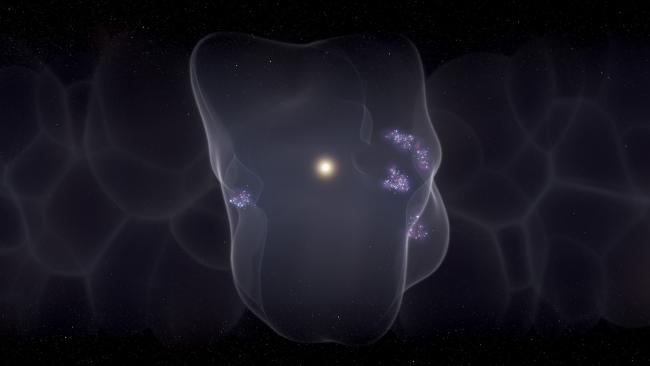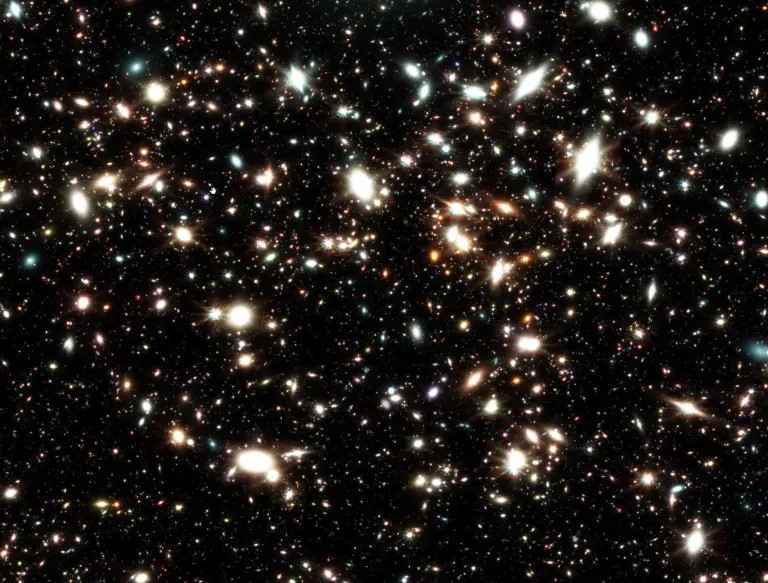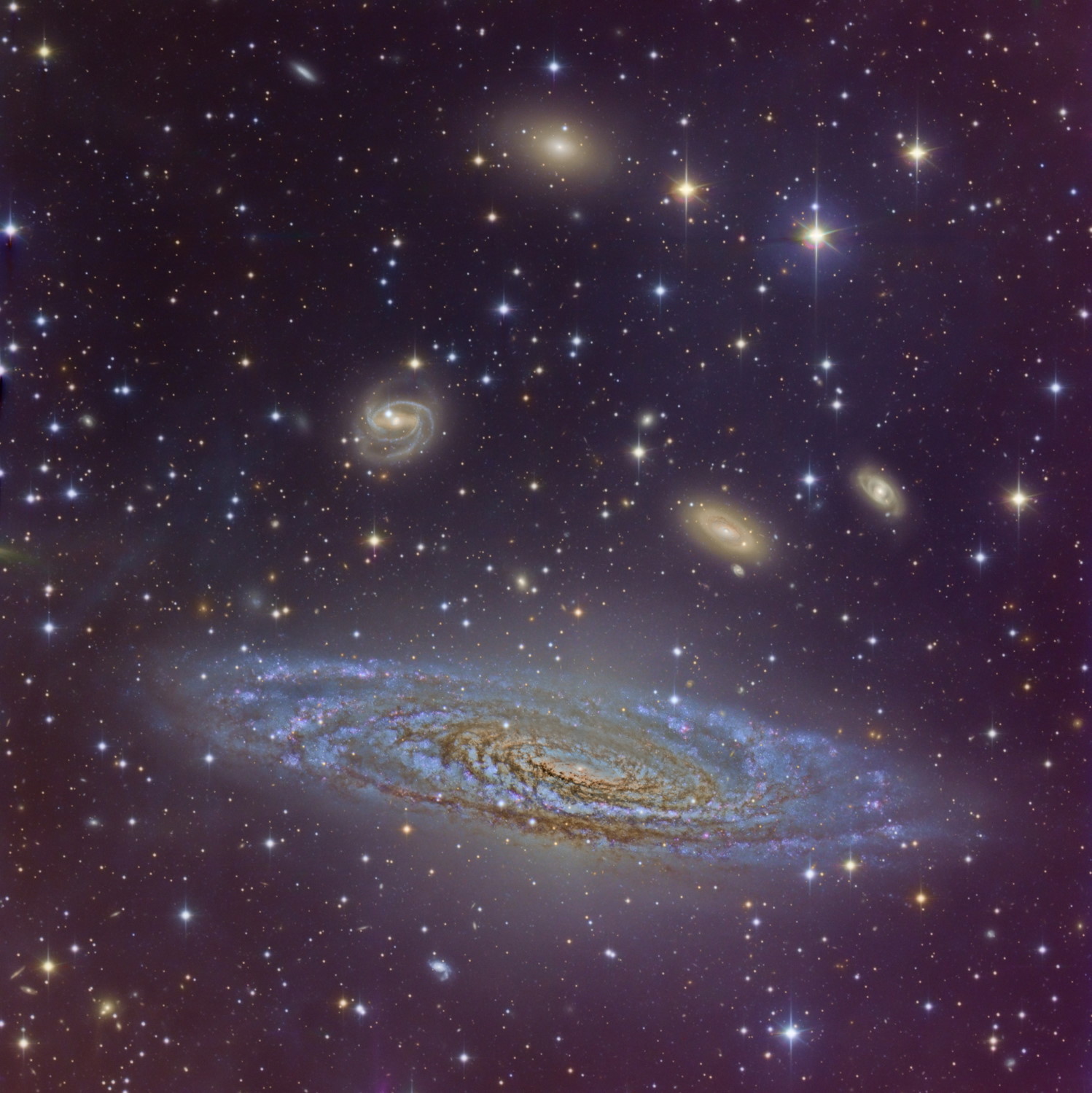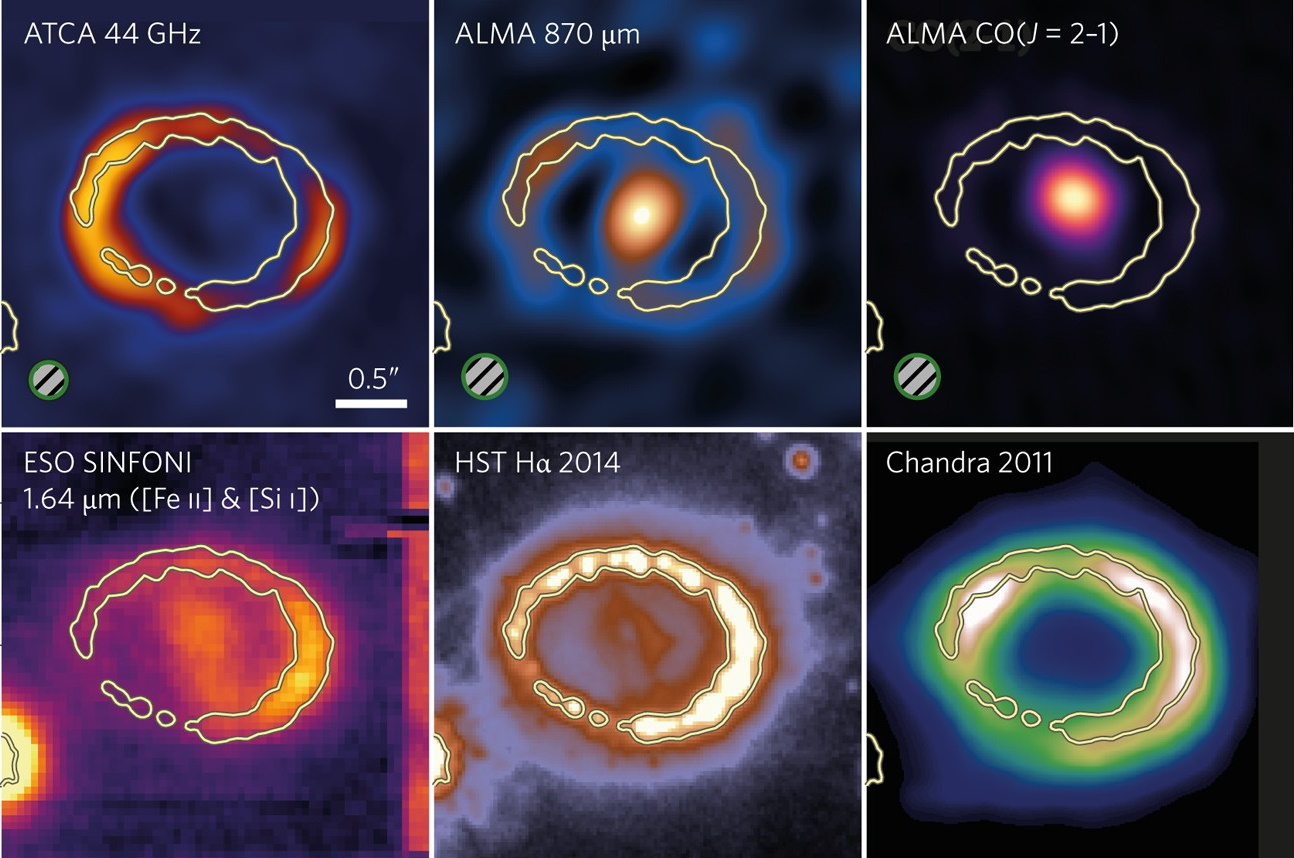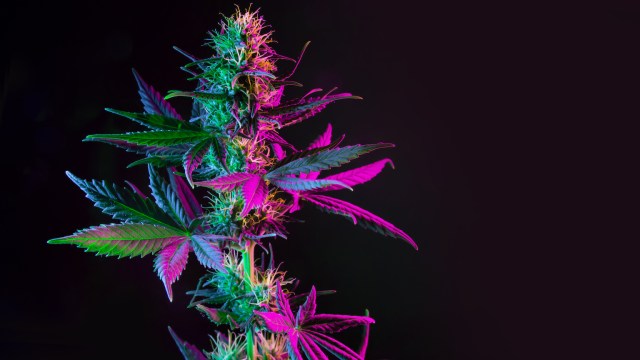Starts With A Bang podcast #82: JWST and infrared astronomy
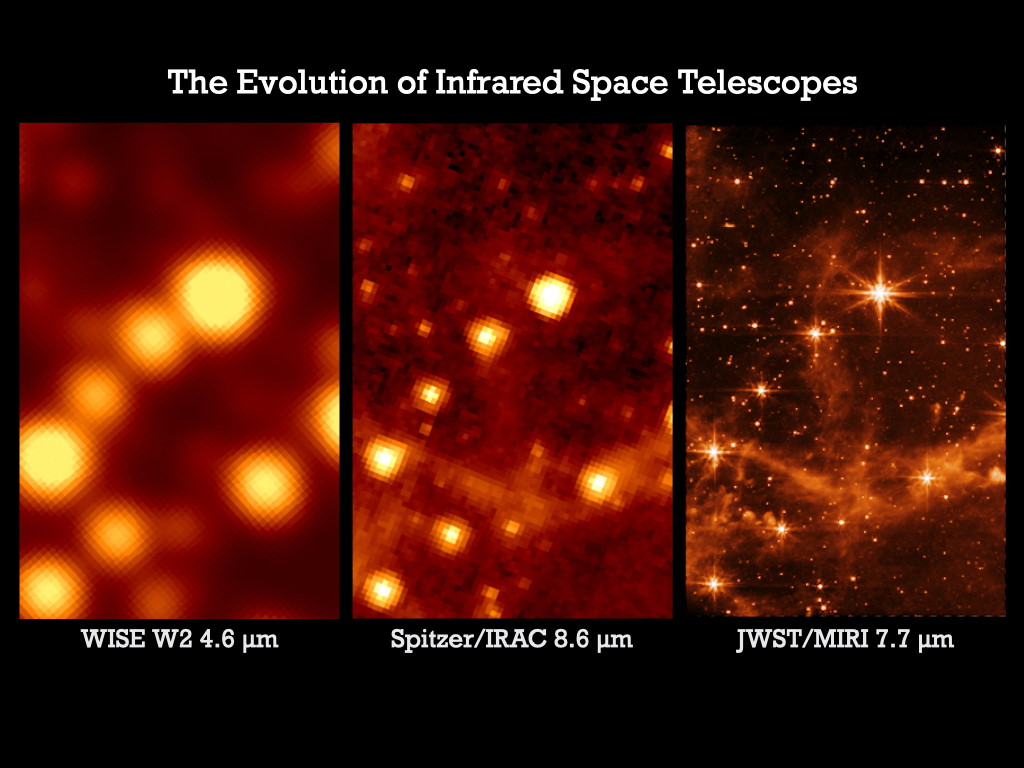
- Now that the James Webb Space Telescope has been successfully launched, deployed, calibrated and commissioned, it’s time to begin science operations.
- There are going to be some spectacular discoveries coming within the first year, and scientists are salivating for the data: both for what we know is coming and what surprises might be in store.
- Here, on the latest edition of the Starts With A Bang podcast, we get to speak with two research professors working on the JWST instrument team: Dr. Stacey Alberts and Dr. Christina Williams. I couldn’t be more excited!
It’s now been nearly a full six months since the JWST was launched, and we’re on the cusp of getting our first science data and images back from some 1.5 million kilometers away. There are all sorts of things we’re bound to learn, from discovering the farthest galaxies of all to examining details in faint, small objects to searching for black holes in dusty galaxies and a whole lot more. But what’s perhaps most exciting are the things we’re going to find that we aren’t expecting, simply because we’ve never looked in this particular fashion before.
I’m so pleased to welcome two guests to the show: Research Professors Dr. Stacey Alberts and Dr. Christina Williams both join me this month, and we have a far-ranging conversation about infrared astronomy and all that we’re poised to learn from exploring the Universe in the infrared as never before. If you’re already excited about JWST and what we’re going to learn from it, wait until you listen to this episode!
